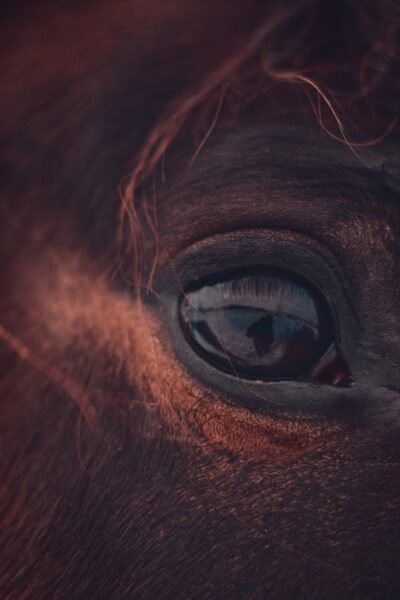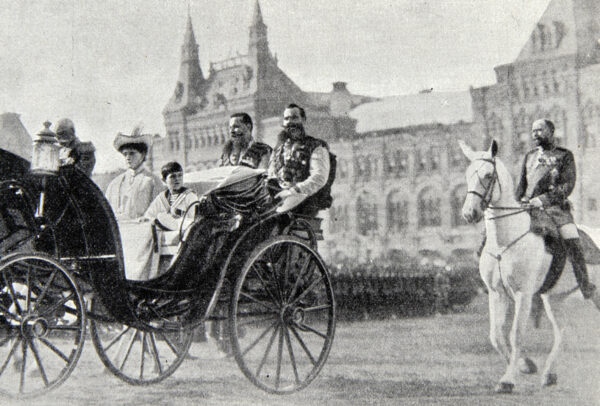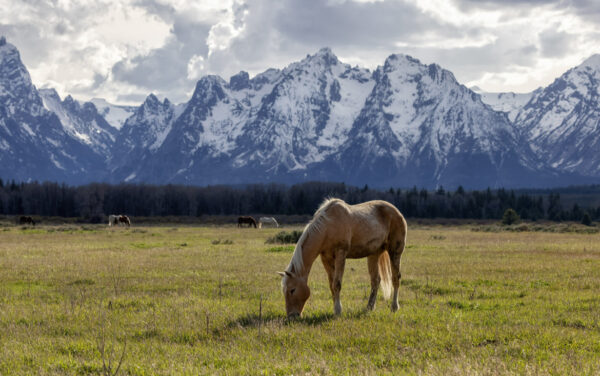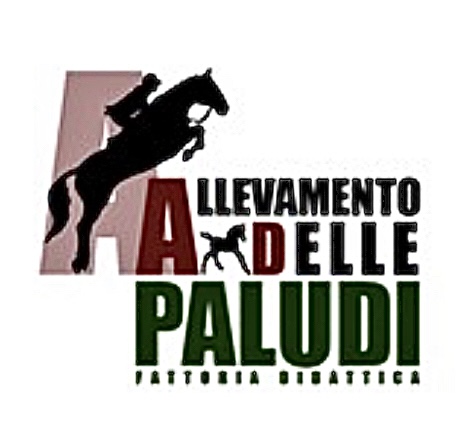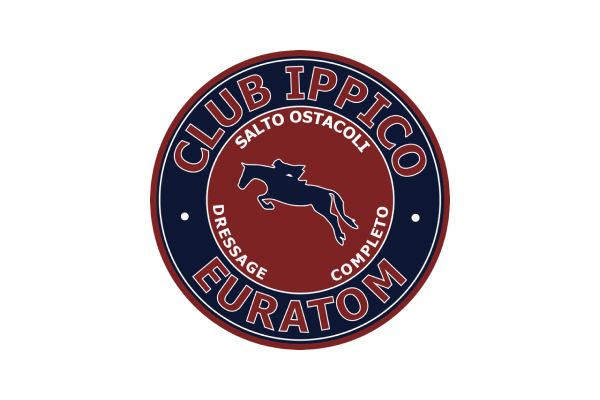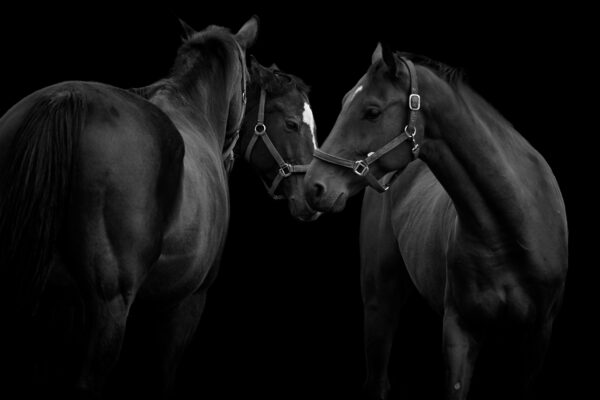
The Horse in Dreams: Archetype of Instinct and Transformation in the Ancient and Modern Psyche
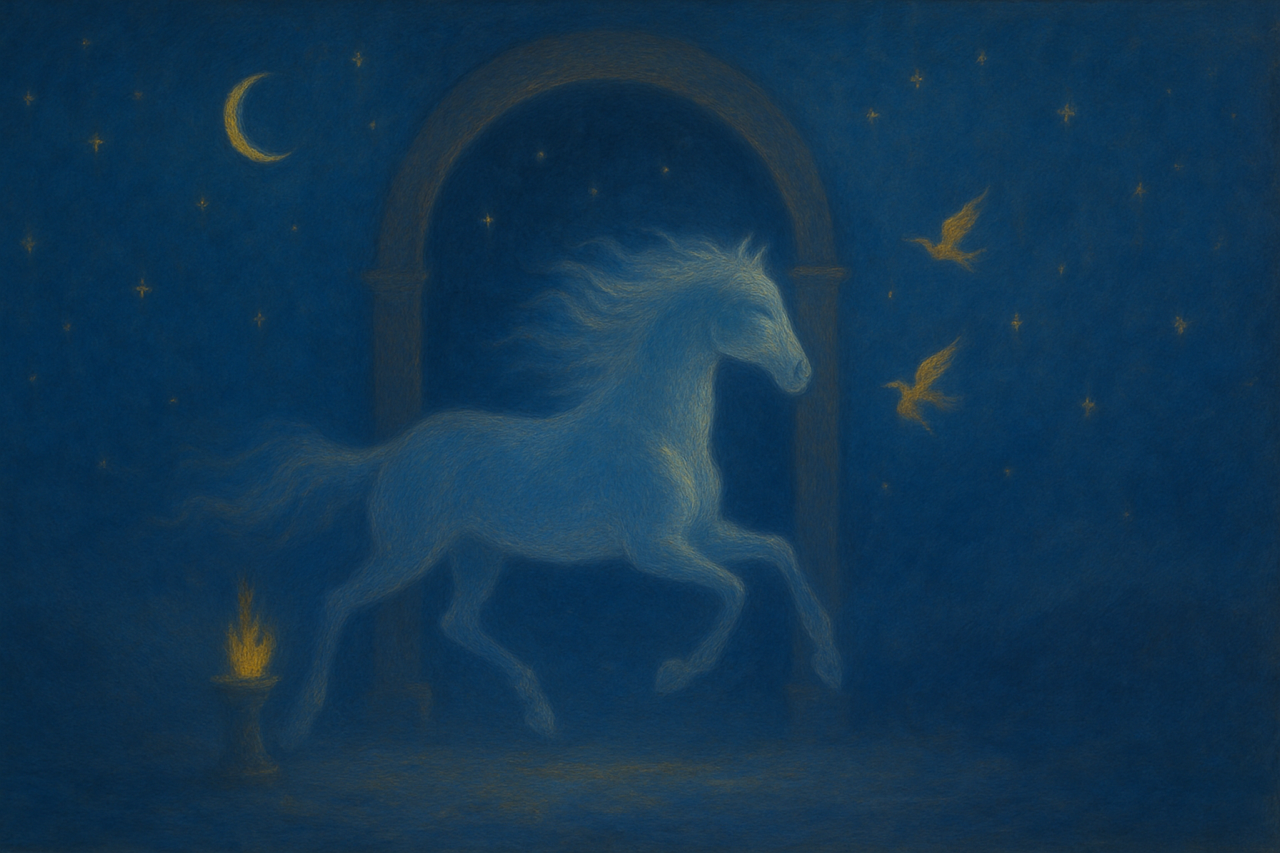
The Appearance of the Horse in Dreams: An Ancient Threshold
Dreaming of a horse is never a neutral act. It’s a visual and physical experience, sometimes euphoric, sometimes unsettling, that draws us into the depths of our inner world. For millennia, the horse has symbolized, in the collective imagination, the perfect synthesis of strength and grace, instinct and obedience, drive and restraint. When it appears in a dream, it’s as if the psyche is trying to speak an older, more animal, preverbal language. The horse doesn’t explain, it bursts in. In dreams, it is a messenger of what stirs beneath the surface of consciousness. It can lead us toward desire or fear, toward the past or the unknown. For psychoanalysis and ancient religions alike, the image of the horse carries a sacred tension. It is a body in motion and a symbol in transformation.
The Horse in Dreams of the Ancient World
Myth, Religion, and Cosmology
In the ancient world, the horse was not merely an animal, but a cosmological, political, and spiritual figure. Every appearance in dreams was interpreted as a sign, an omen, a message from the gods or fate. Ancient dreamers didn’t “interpret” the horse, they listened to it.
In Indian Vedic tradition, the horse symbolized cosmic energy, embodying sacred fire and royal sovereignty. The Ashvamedha ritual, which involved the sacrifice of a white horse, affirmed the king’s cosmic dominion and marked a renewal of universal order. The horse, child of the Sun, was the race of time itself, the eternal impulse of life.
In Greek thought, the horse takes on even more complex meanings. In the Phaedrus, Plato describes the soul as a winged chariot pulled by two horses: one white and noble, the other dark and unruly. The psyche must maintain balance between these two forces. In dreams, the horse thus becomes a living metaphor of the tension between reason and instinct, aspiration and desire.
The myth of Pegasus adds another layer: a horse born from Medusa’s blood, equipped with wings, symbolizing spiritual ascension and poetic inspiration. To dream of Pegasus often signals a surge of creative energy or the need to transform a wound into something higher.
In ancient Egypt, horses pulled the pharaoh’s chariots and symbolized the Sun and victory. In dream papyri, they appear as signs of renewal, or as heralds of death and change.
In biblical and Christian culture, the horse is ambivalent: both warrior strength and divine judgment. The Four Horsemen of the Apocalypse, each on a horse of a different color, embody the primal forces that rule human destiny: war, famine, death, justice. Dreaming of these horses means facing endings, or the cosmic cycle closing and beginning anew.
Finally, in Norse cosmology, Sleipnir, Odin’s eight-legged horse, represents the passage between worlds. His gallop is an act of transgression against the laws of reality: he carries the god between the living and the dead, heaven and the underworld. In dreams, Sleipnir is an initiatory figure: to ride him is to be ready to cross into the unknown.
The Horse and Modern Psychoanalysis
Freud, Jung, and the Dialectic of Instinct
With Freud, the dream horse enters modernity. In the clinical case of Little Hans, a child develops a phobia of horses, which Freud interprets as a displacement of the Oedipal conflict. The horse, powerful and threatening, represents the father, both feared and desired. Hans’s dream is not mere animal fear: it’s a symbolic manifestation of a repressed desire, an internal tension between drive and prohibition. Freud assigns the horse a strong symbolic value tied to the primary impulses of the human being. In dreams, its image may evoke deep desires, uncontrollable instincts, or inner tensions connected to the visceral layers of the psyche. Dreaming of a horse often means confronting repressed fears or drives cast out by consciousness. The horse can become a mask of desire or of anguish.
Jung, instead, shifts the reading to a symbolic and collective level. For him, the horse is an archetype, a form of the unconscious that runs through human history. It embodies libido in the broadest sense: vital energy, the yearning for freedom, the power of the unconscious. In dreams, the horse appears at transitional moments: adolescence, inner transformations, grief, and illness. It is the instinctual part of the psyche taking shape to guide, challenge, or unsettle. For Jung, the horse is not just a drive to be controlled, it is a force to be integrated. Riding it in dreams can mean gaining self-mastery, but also surrendering to a deeper, guiding energy.
The Horse in Women’s Dreams
Marie-Louise von Franz and the Imaginary of the Animus
In women’s dreams, the horse often takes on specific meanings. Marie-Louise von Franz, Jung’s close collaborator, observed that the horse frequently represents the Animus, the masculine archetype within the female psyche. This Animus may appear as a horse that accompanies, protects, but at times hinders or dominates. To dream of a horse, for a woman, can signal that her active, rational side seeks attention, or that a conflict is emerging with her own inner strength and autonomy. If the horse is wounded, rebellious, or unreachable, the dream may reflect difficulty in inner dialogue. When the horse appears as steady, centered, or guiding, it reflects a psychic dynamic where the ego has begun to integrate the Animus, suggesting a deeper cohesion between the conscious and unconscious aspects of the personality.
The Horse as a Living and Autonomous Image
James Hillman and the Poetics of the Dream
James Hillman, Jungian analyst and psychologist, offered a different approach: for him, dreams are not codes to be deciphered but imaginative spaces to be inhabited. The horse in dreams is not a sign, it is a being. It doesn’t ask to be interpreted, but to be witnessed. According to Hillman, the dream horse is an epiphany, a mythical presence, a truth of the deep made visible. It resists psychological reduction because it lives within the poetic dimension of the soul. To ride it, fear it, or watch it is already a transformative act. The dream is a stage of the soul, and the horse one of its central actors.
The Nonexistent Knight and the Horse That Remains
Dreaming of a horse is never a minor detail. It’s the unconscious in motion, showing us something we haven’t yet found the words to express. The horse in dreams doesn’t speak, it appears, it resonates. It runs, it watches us, it takes us elsewhere. It is instinct, but also a boundary. The living part of us that resists being tamed. In psychoanalysis, it is the symbol of a force that must be acknowledged, not subdued. An internal freedom that demands to be heard. Whether we are the ones dreaming of the horse, or it is the horse dreaming of us, it makes little difference. Each time it appears, it reminds us who we are beneath the surface.
And who we might become, if only we stopped holding ourselves back.
Alessia Niccolucci
Bibliography
- Freud, S. (1899). The Interpretation of Dreams. Vienna: Franz Deuticke.
- Freud, S. (1909). Analysis of a Phobia in a Five-Year-Old Boy (The Case of Little Hans). In Collected Works.
- Jung, C.G. (1912). Symbols of Transformation. Zurich: Rascher.
- Jung, C.G. (1964). Man and His Symbols. London: Aldus Books.
- Jung, C.G. (1959). The Archetypes and the Collective Unconscious. Princeton University Press.
- von Franz, M.-L. (1980). The World of Dreams. Milan: Red Edizioni.
- Hillman, J. (1979). The Dream and the Underworld. Milan: Adelphi.
- Plato. Phaedrus, Italian translation edited by M. Valgimigli, Laterza, Rome-Bari.
- Campbell, J. (1949). The Hero with a Thousand Faces. Princeton University Press.
© Rights Reserved.




.png)

